Despite frightening headlines and increased lockdown orders, total COVID-19 deaths in Santa Clara County, California remain remarkably low with total officially reported deaths of only 503 in a county with 1.9 million and close contact with China, the presumed source of the pandemic. This is a number comparable to the number of expected deaths in the county from ordinary pneumonia and influenza based on previous years.
The county continues to authorize many luxury apartment and other construction projects with teams of workers in close proximity five full days per week, after a brief 3-4 week shutdown in May. The lockdown continues to herd large numbers of citizens into a few gigantic stores such as Safeway, Walmart, and Target, enabling what would seem like an efficient route for rapid spread of the disease.
This is the Santa Clara County COVID-19 Cases Dashboard (Deaths) on Friday, December 4, 2020.
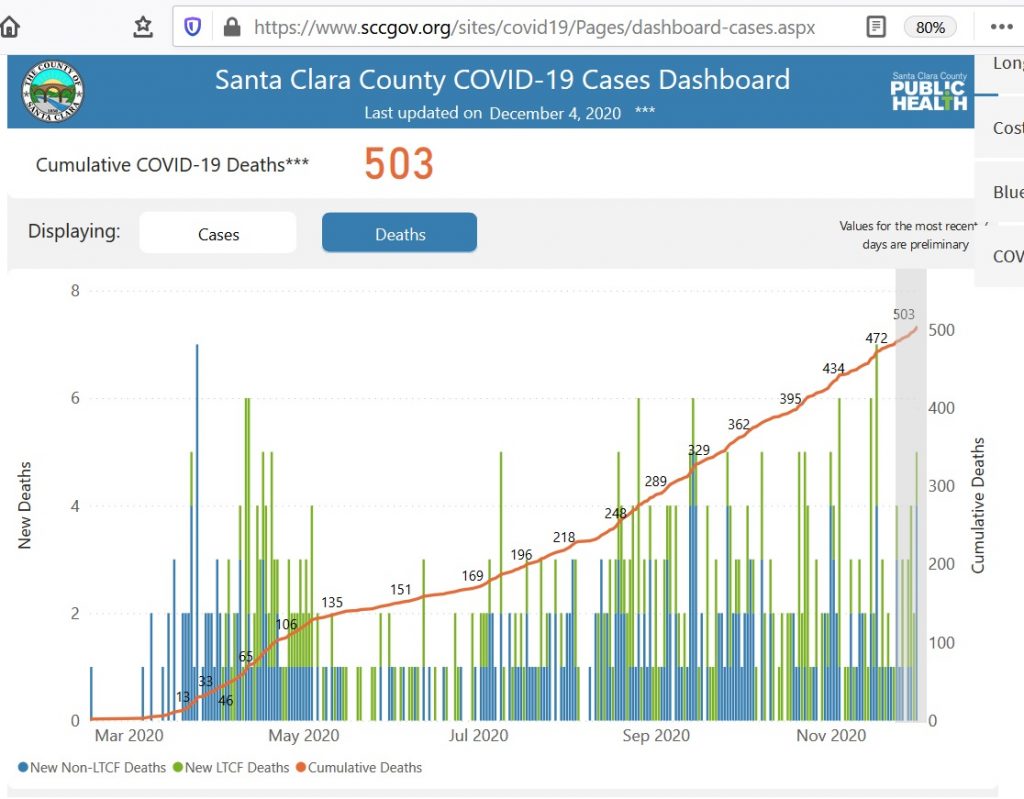
The scary red line is the CUMULATIVE NUMBER OF COVID-19 DEATHS which is guaranteed to never decrease even if the disease disappears. It is NOT the number of daily deaths or a smoothed average of the number of daily deaths, an easy mistake when viewing graphs of this type. This means a total of 503 official COVID-19 deaths since the beginning of 2020.
Santa Clara County has a population of about 1.9 million people in 2019 according to the US Census with 10,889 total deaths in 2015, the last year for which I could find an exact death count, according to the Office of the Medical Examiner-Coroner for the County of Santa Clara. The most recent estimated death rate for the United States in 2018 was 867.8 deaths per 100,000 people according the US Centers for Disease Control. One point nine million (1.9 million) is nineteen (19) times 100,000. This means an estimated number of deaths in Santa Clara County of nineteen (19) times 867.8 or 16,488 expected deaths in 2020 from all causes.
What percentage of these 16,488 expected deaths would be attributed to pneumonia and influenza in pre-COVID-19 years (2019 and earlier)? The CDC FluView web site shows that six to ten percent of deaths, varying seasonally, are due to pneumonia and influenza (P&I) according to the vertical axis label on the FluView Pneumonia & Influenza Mortality plot, meaning at least six percent of the deaths or 989 deaths would be due to pneumonia and influenza.
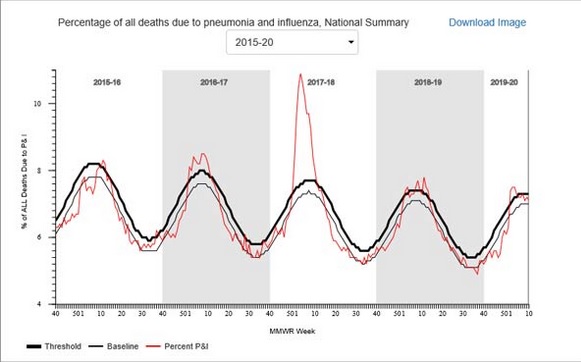
NOTE: https://www.cdc.gov/flu/weekly/fluviewinteractive.htm and click on P&I Mortality Tab
In contrast, the CDC’s leading causes of death report Table C, Deaths and percentage of total deaths for the 10 leading causes of death: United States, 2016 and 2017 on Page Nine (see screenshot below) attributes only two percent of annual deaths (about 55,000 in 2017) to “influenza and pneumonia.” If this smaller number is used, we would expect about 329 deaths from pneumonia and influenza in 2020.
The difference between the CDC FluView and leading causes of death report numbers is probably due to the requirement that pneumonia or influenza be listed as “the underlying cause of death” in the leading causes of death report and only “a cause of death” in the FluView data. This is not clear. Many deaths have multiple “causes of death.” The assignment of an “underlying cause of death” may be quite arbitrary in some cases. Despite this, none of these official numbers either in the leading causes of death report or the FluView web site are reported with error bars or error estimates as required by common scientific and engineering practice when numbers are uncertain.
Screenshots of the official CDC, Santa Clara County, and US Census web sites used for these numbers from Friday, December 4, 2020:
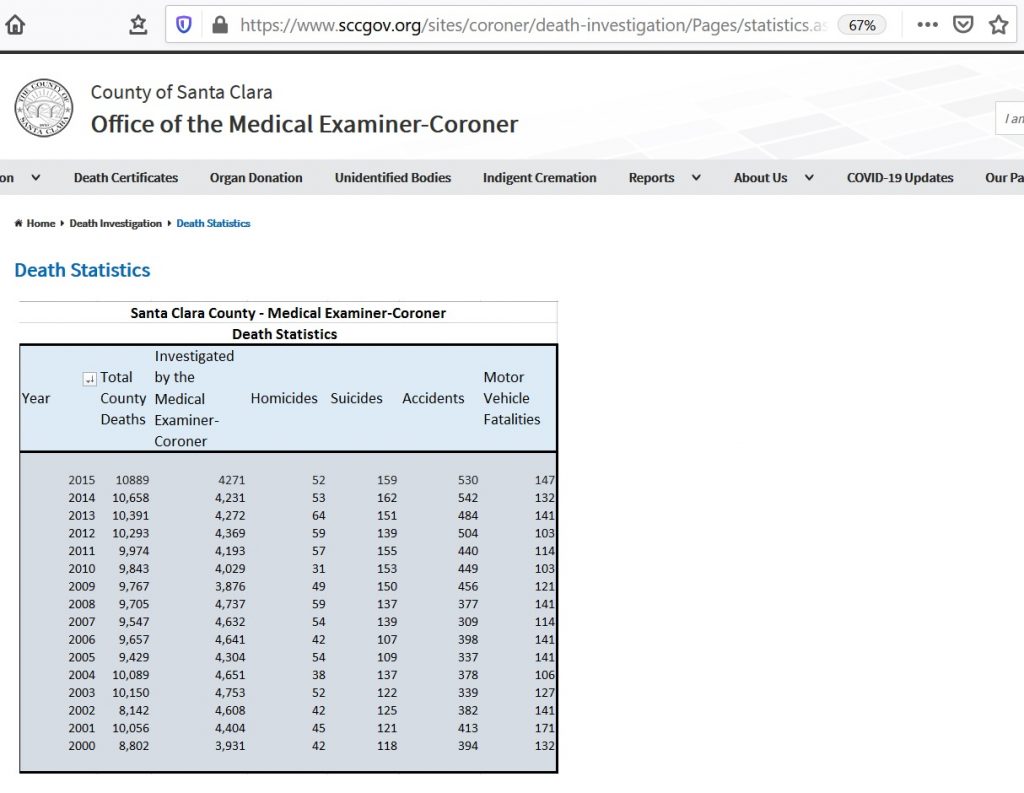
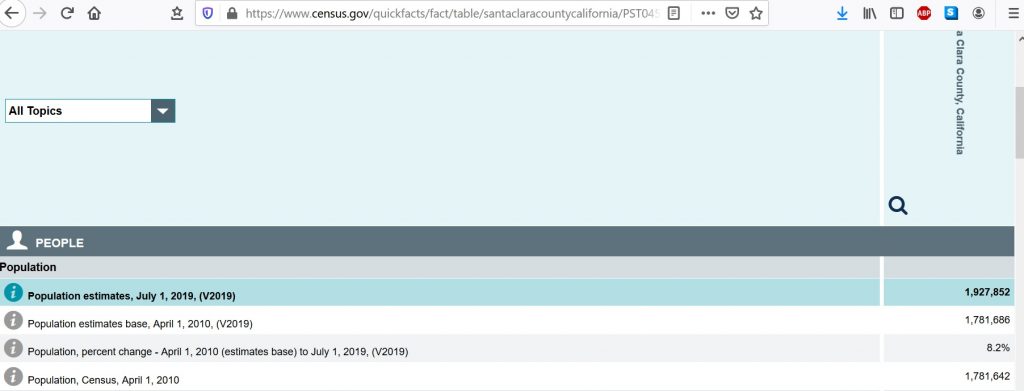
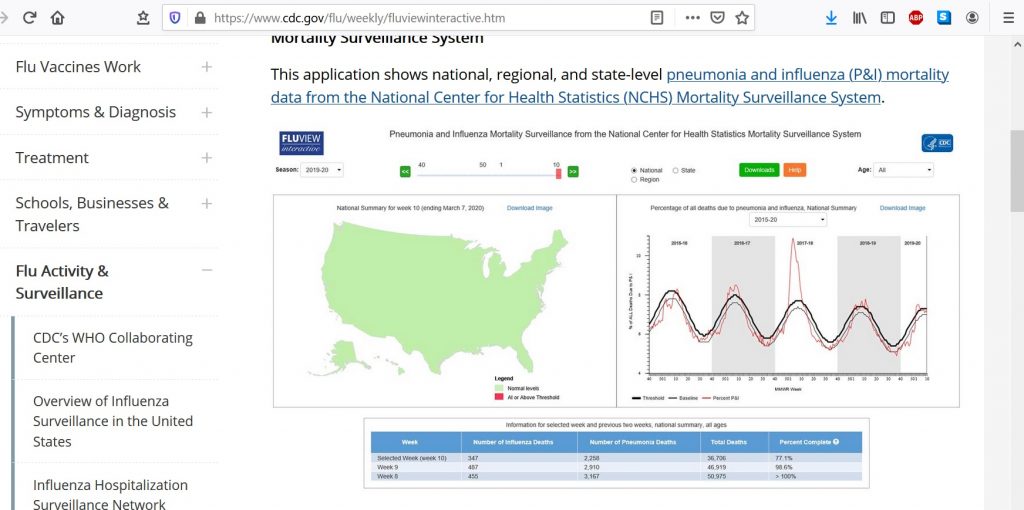
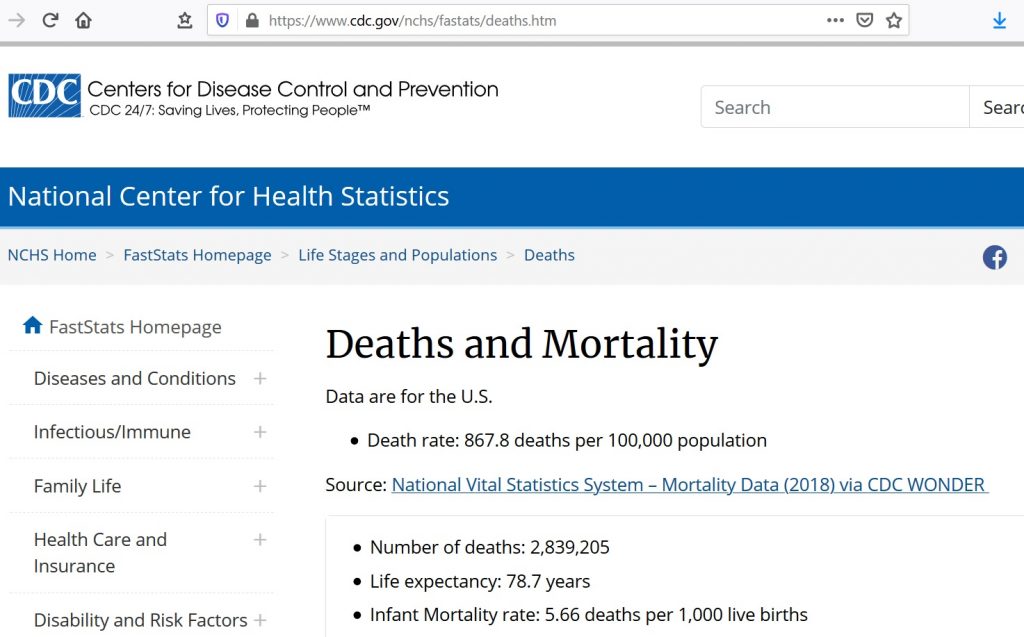
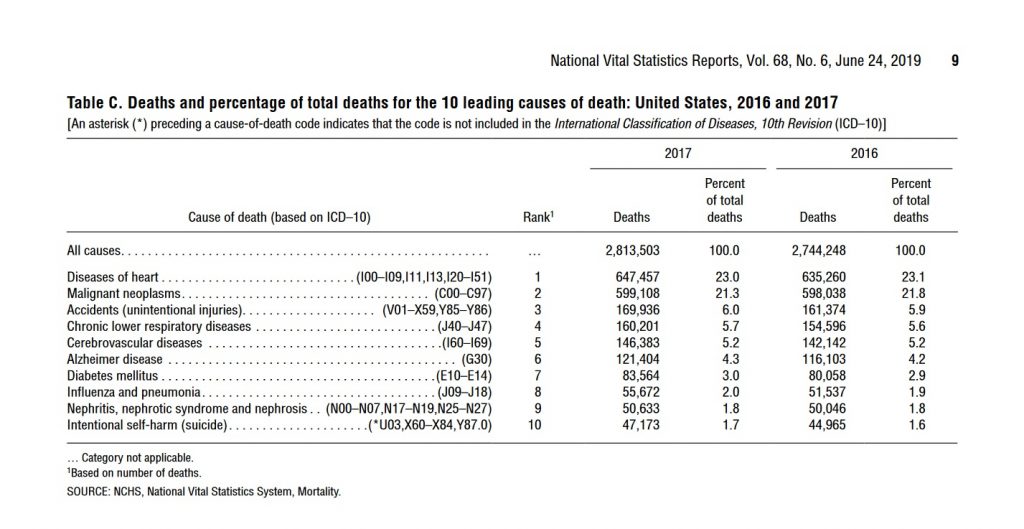
Remarkably the total number of deaths (503) attributed to COVID-19 in Santa Clara County is clearly within the range of deaths expected from pneumonia and influenza (329 to 989) based on historical data prior to 2020.
Santa Clara County Has Close Ties to China
Santa Clara County, home to Apple, Google, and many other companies with extensive manufacturing operations in China, the presumed source of the Sars-COV-2 virus, and large numbers of direct and contract employees again from China (mainland China), has extensive ties to China, meaning mainland China, not just Taiwan, Singapore, Hong Kong, and other ethnically Chinese nations and communities outside of China proper. Indeed, it probably has the closest ties, travel and trade to and from China of any region in the United States — likely much more than the New York and New Jersey region where the most deaths and highest death rates have been reported. One would expect Santa Clara County, California to have the earliest and largest cumulative number of deaths from COVID-19 in the United States.
According to the New York Times (April 4, 2020), at least 430,000 people returned to the United States from China after the Sars-COV-2 virus appeared, many after President Trump’s travel ban. A large fraction of these probably returned to Santa Clara County given the close ties between China and Santa Clara County. According to the San Francisco Chronicle, the first US COVID case was a 57-year old woman who passed away at home on February 6, 2020, well before the Kirkland Life Care Center cases in late February.
Many Seeming Routes for Rapid Spread of the Disease
Santa Clara County continues to authorize many luxury apartment and other construction projects with teams of workers in close proximity five full days per week, after a brief 3-4 week shutdown in May — several weeks after the original lockdown order. On a personal note, a four-story luxury apartment building construction project with at least a dozen workers every weekday from about 7:30 am to 4:30 pm has continued across the street from my apartment building since the original lockdown order except for the brief shutdown in May.
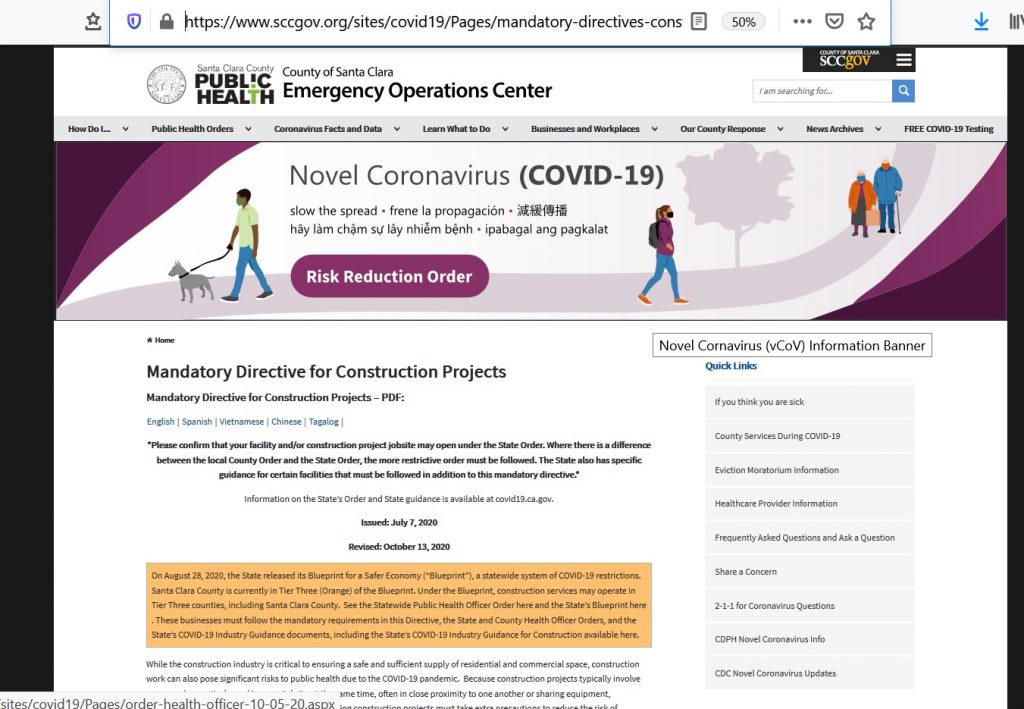
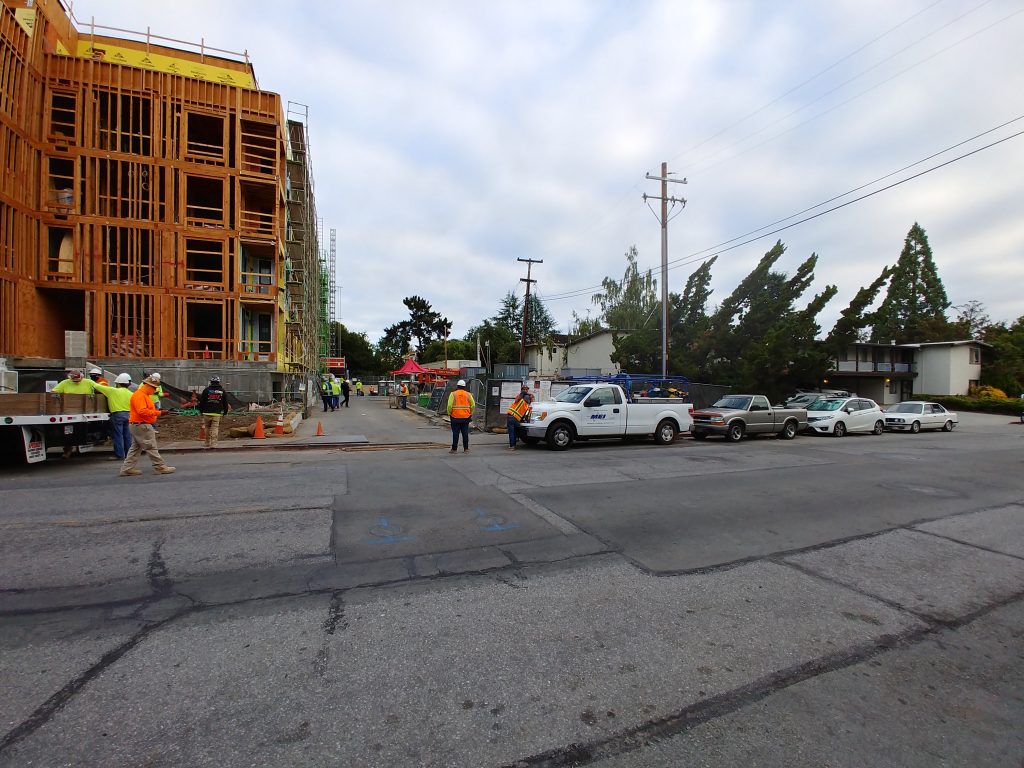
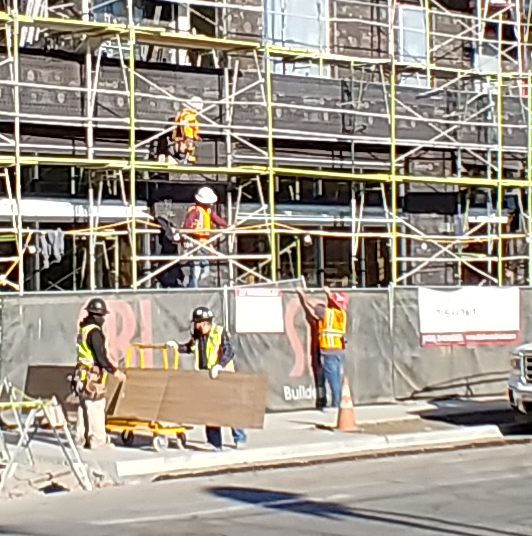
The lockdown continues to herd large numbers of citizens in Santa Clara County into a few gigantic stores such as Safeway, Walmart, and Target, enabling what would seem like an efficient route for rapid spread of the disease.
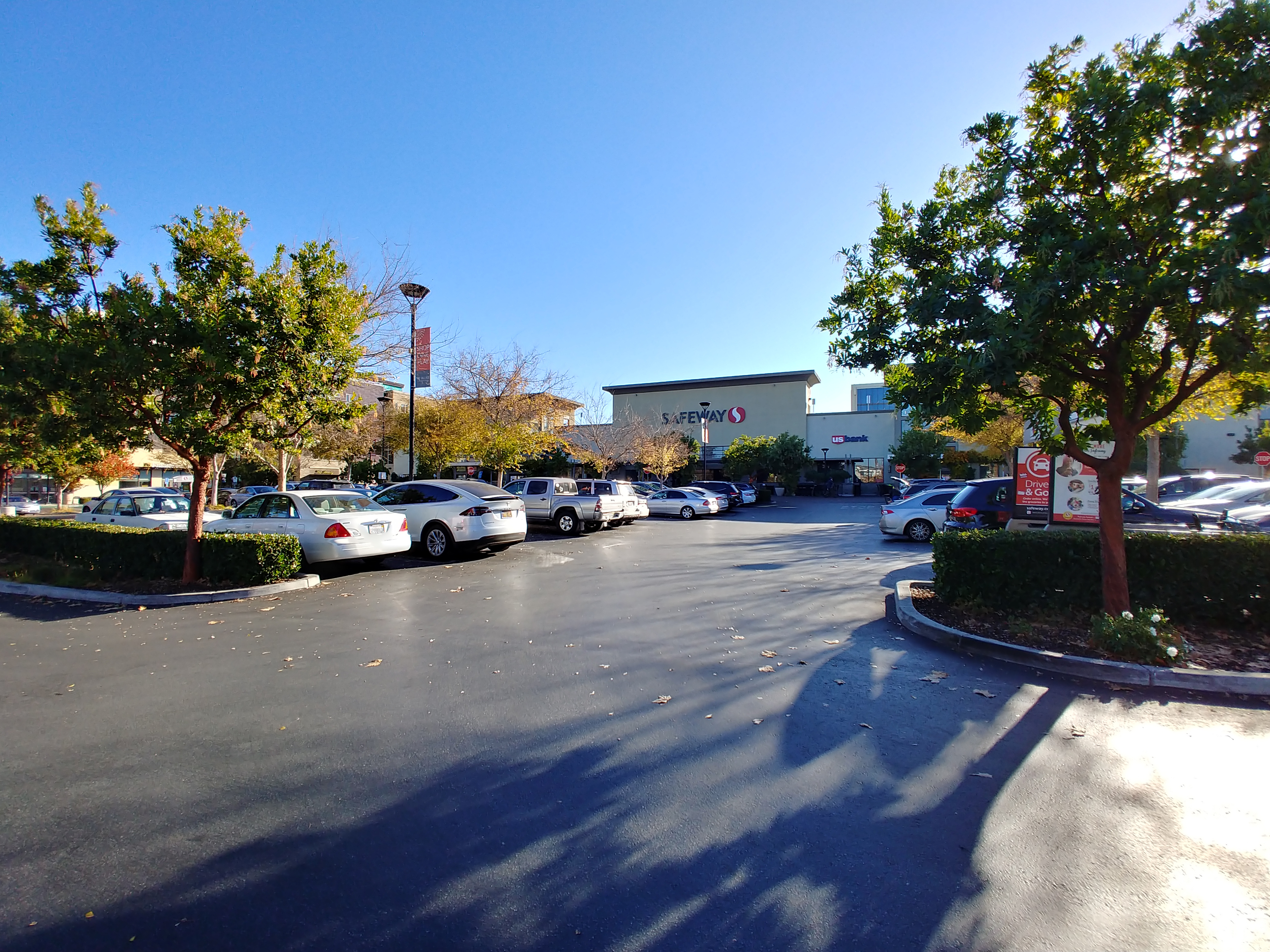
UPDATE (Dec. 9, 2020): These giant “Big Box” retail stores have heavily used shared spaces and surfaces where one would expect the virus will rapidly spread. These include the entry/exit door areas, checkout counters, and refrigerators with popular products such as milk purchased by a large fraction of the customers and with door handles that all purchasers must use. These large stores often have hundreds of patrons in the store at the same time — all day, seven days per week.
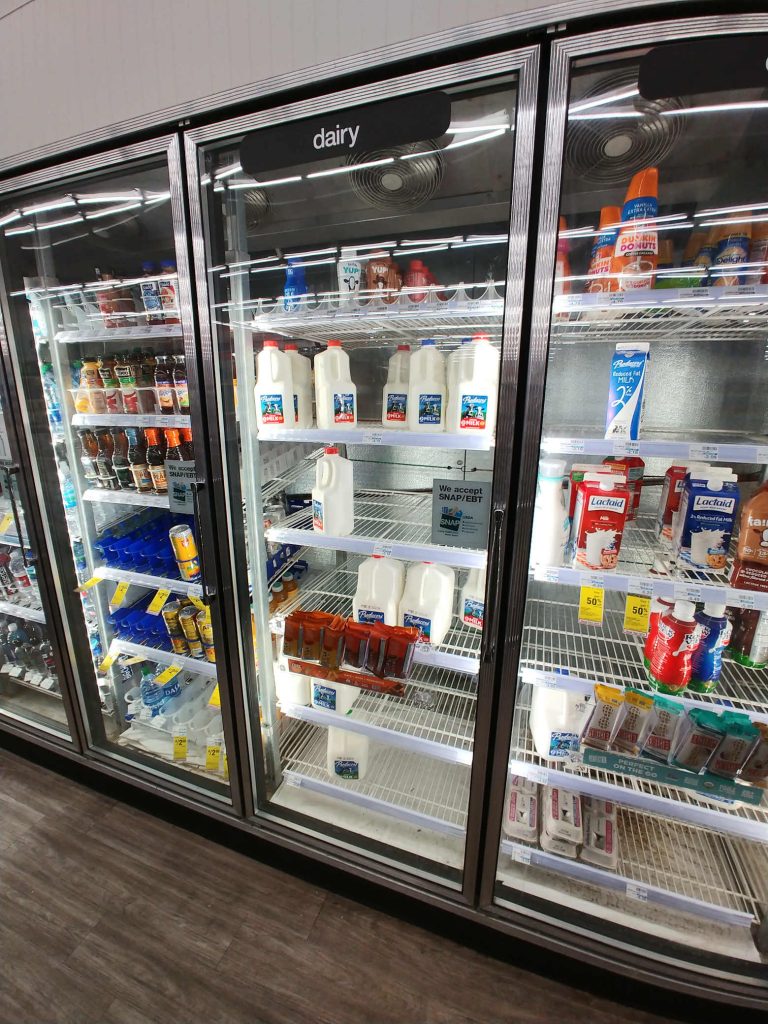
In Santa Clara County, the lockdowns have closed or heavily curtailed restaurants, popular with the large population of single people and leading to a large increase in demand for microwave dinners often found in store refrigerators with door handles that must be used by the customers.
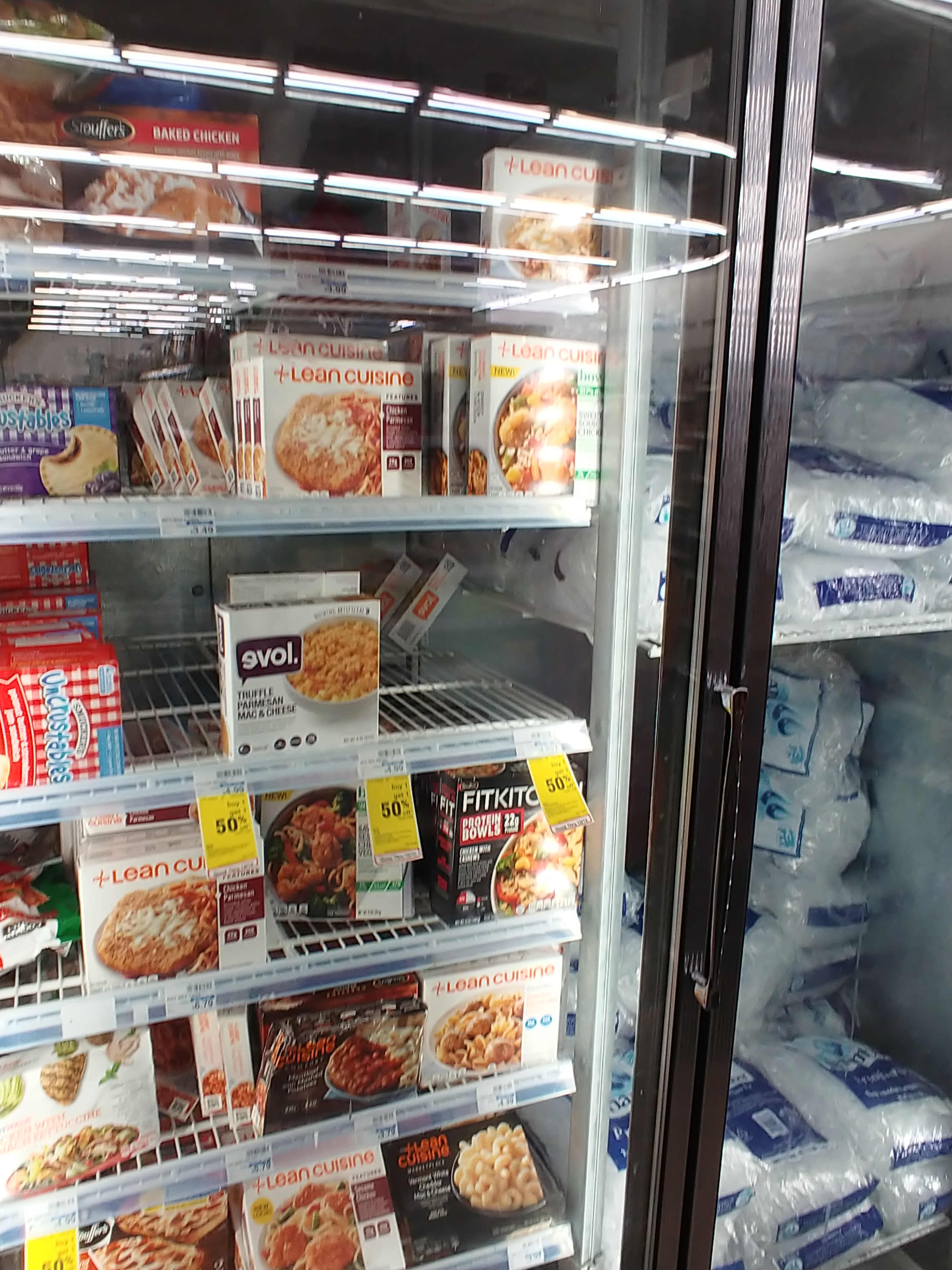
Several other specific scenarios exist for rapid efficient spread of the virus through these giant retail stores.
UPDATE (Dec. 6, 2020): Santa Clara County also has a bus service, the VTA or Valley Transportation Authority, in widespread use with patrons, often “essential workers,” sharing an enclosed space and seats.
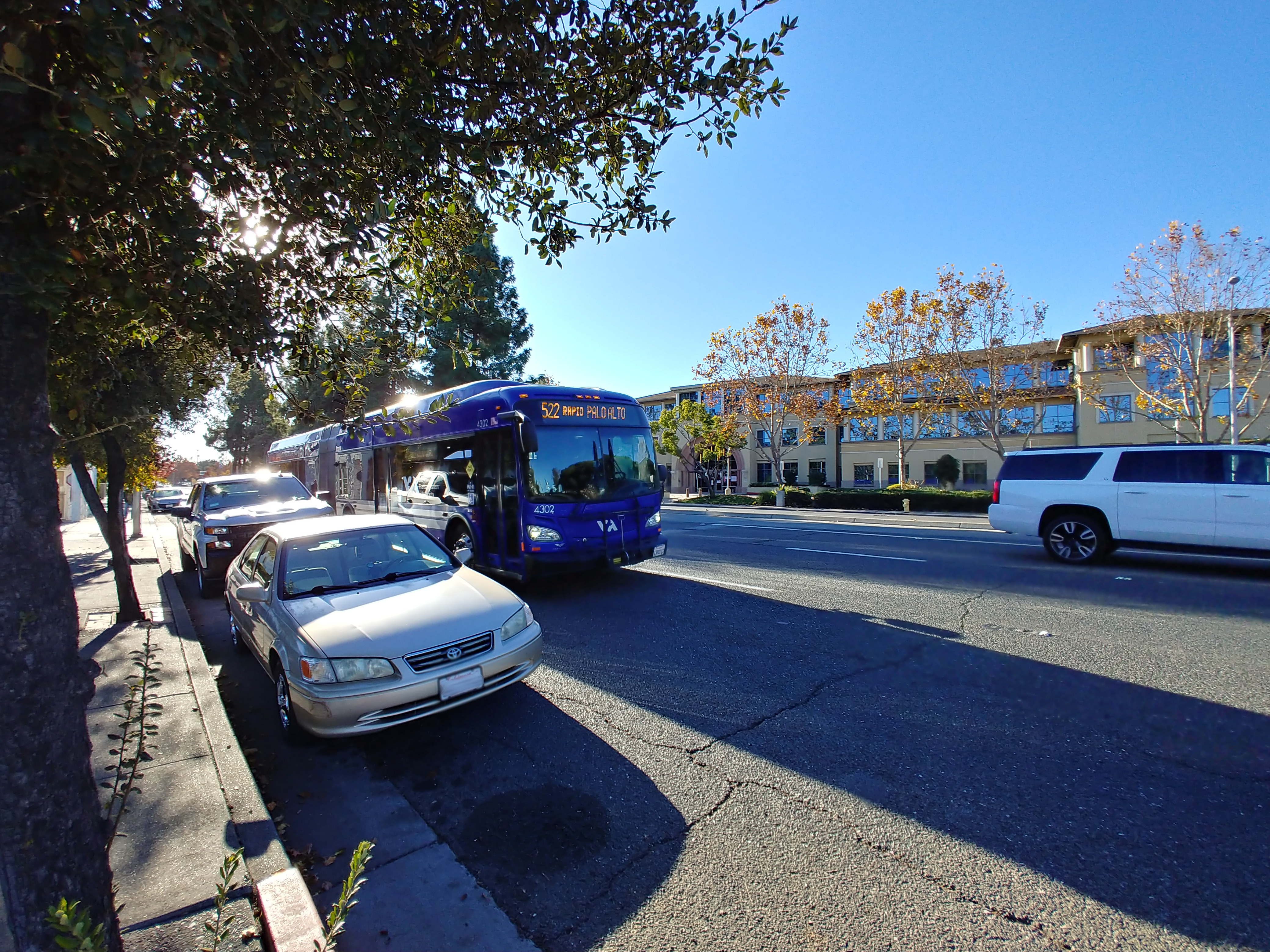
UPDATE (Dec. 7, 2020) The lockdown shelter in place and stay at home orders confine “non-essential workers” to numerous generally large apartment complexes, often with hundreds of tenants, possibly thousands in some cases. In Mountain View, California — site of Google’s headquarters — about fifty-eight percent of residents (Town Charts, see Figure 5) are renters, most in large complexes. These complexes feature shared trash chutes/rooms, laundry rooms, hallways and lobbies with exterior doors and fire doors that must be opened by hand in most cases, providing many shared surfaces and spaces for spread of the virus.
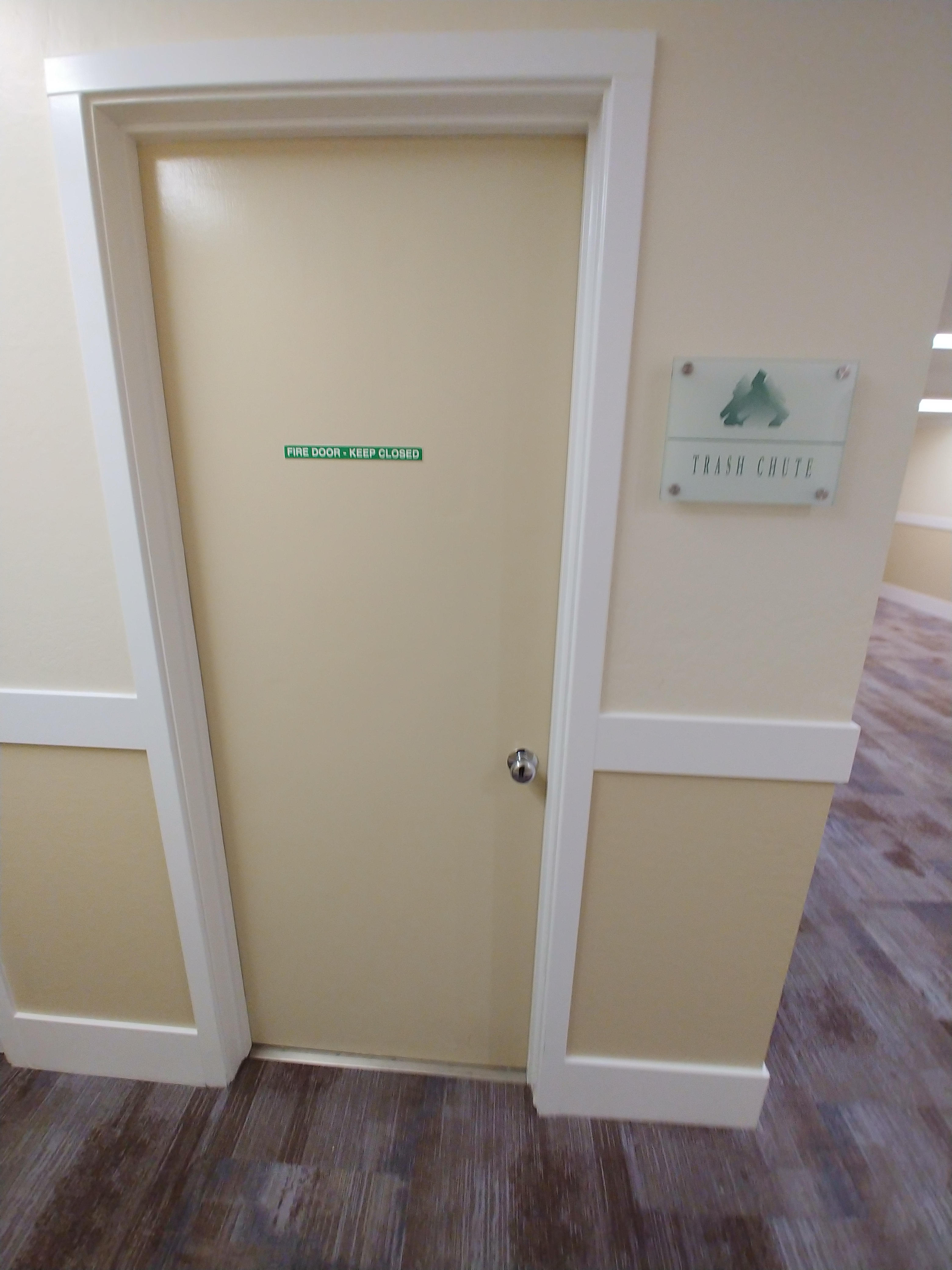
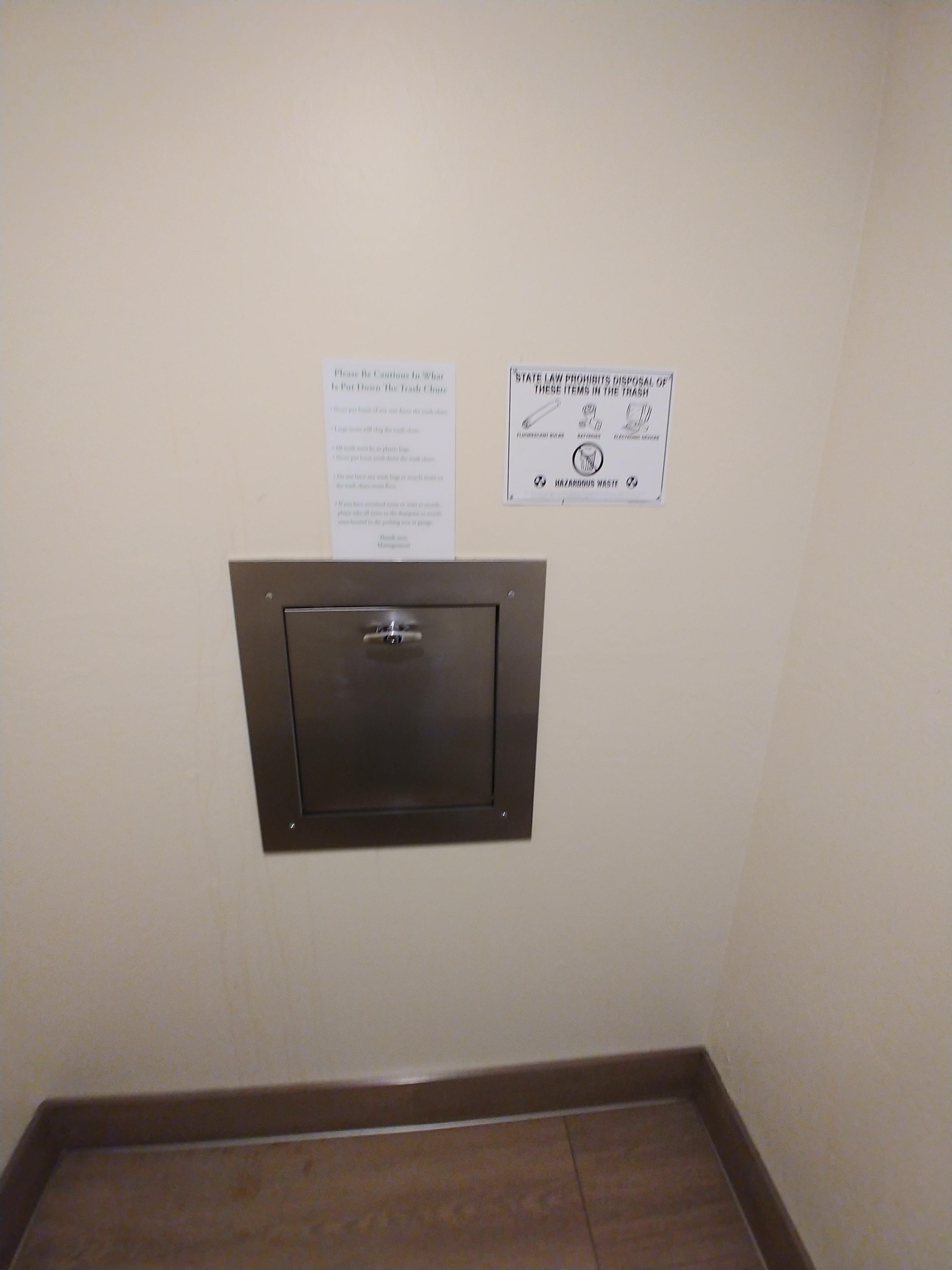
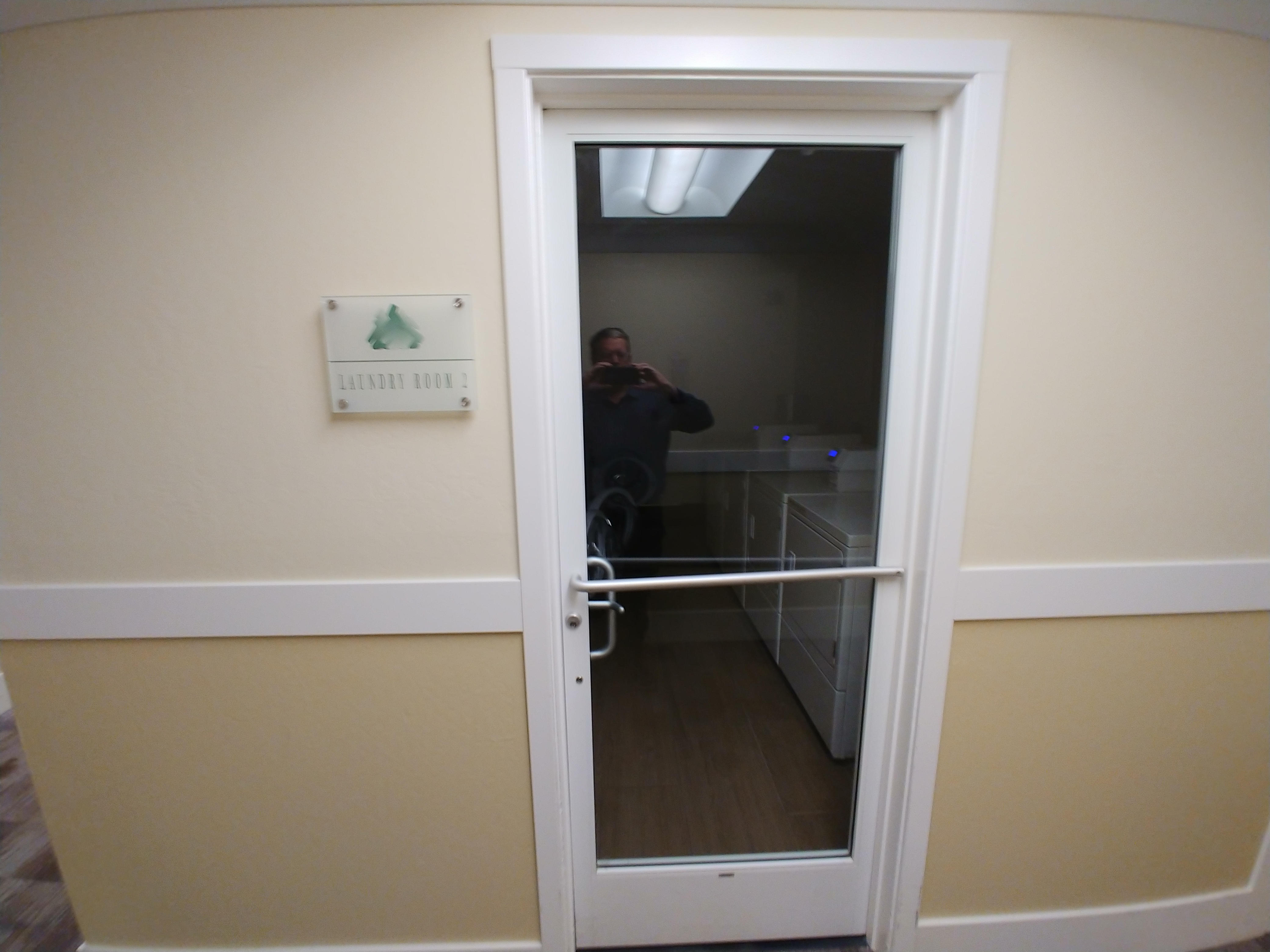
Note that fire regulations require closely spaced closed fire doors in the interior hallways — with handles or knobs that all residents must use to open the fire doors.
The large apartment complexes common in Santa Clara County provide numerous shared spaces where aerosol virus particles can collect and linger in the air as well as shared surfaces such as door handles that all residents must touch.
Gloves are not required. Gloves would have to be handled carefully and sterilized before and after each or nearly each use to avoid spreading the virus, something probably impractical and certainly currently NOT done by most residents.
In general, the apartment complex support staff cannot clean each door handle after each use. The shared support staff themselves are a high risk of both becoming infected and spreading the infection to other residents. Almost none have training or experience in bio-safety measures.
These shared spaces and surfaces are enclosed, protected from exterior wind that can disperse the virus particles and from the ultraviolet component of sunlight which can destroy the virus particles outside. By design, the required fire doors limit air flow in the buildings to prevent a disastrous fire. Citizens are being mandated/encouraged to spend most of their time inside in these complexes.
Conclusion
As of December 4, 2020, the total and daily death numbers for COVID-19 continue to deviate sharply from both hyperbolic headlines and reasonable expectations — as was the case in March and April of 2020. Indeed, the total number of official reported COVID-19 deaths to date (503 on Dec. 4, 2020) remains small enough to be consistent with no new or unusual disease causing more deaths than normal in Santa Clara County in 2020.
(C) 2020 by John F. McGowan, Ph.D.
About Me
John F. McGowan, Ph.D. solves problems using mathematics and mathematical software, including developing gesture recognition for touch devices, video compression and speech recognition technologies. He has extensive experience developing software in C, C++, MATLAB, Python, Visual Basic and many other programming languages. He has been a Visiting Scholar at HP Labs developing computer vision algorithms and software for mobile devices. He has worked as a contractor at NASA Ames Research Center involved in the research and development of image and video processing algorithms and technology. He has published articles on the origin and evolution of life, the exploration of Mars (anticipating the discovery of methane on Mars), and cheap access to space. He has a Ph.D. in physics from the University of Illinois at Urbana-Champaign and a B.S. in physics from the California Institute of Technology (Caltech).

